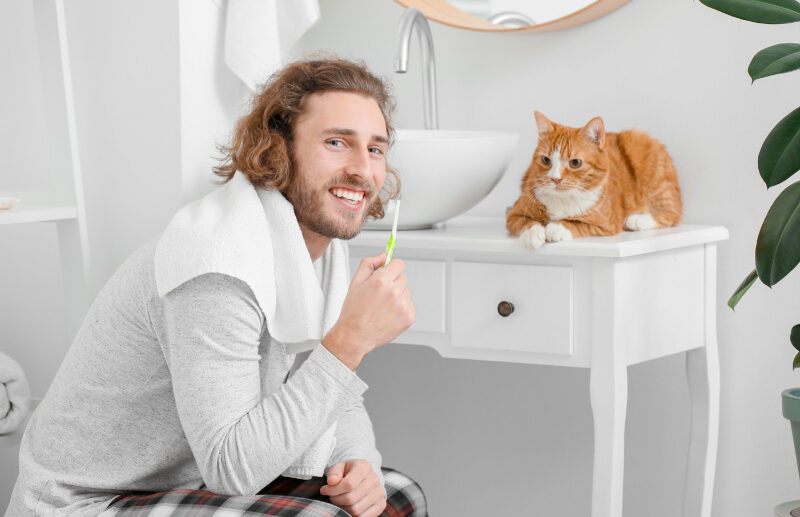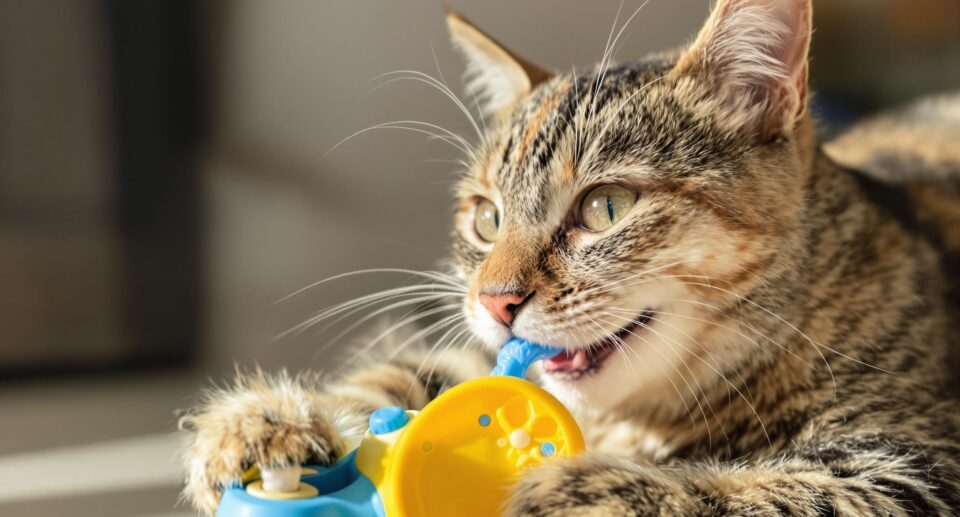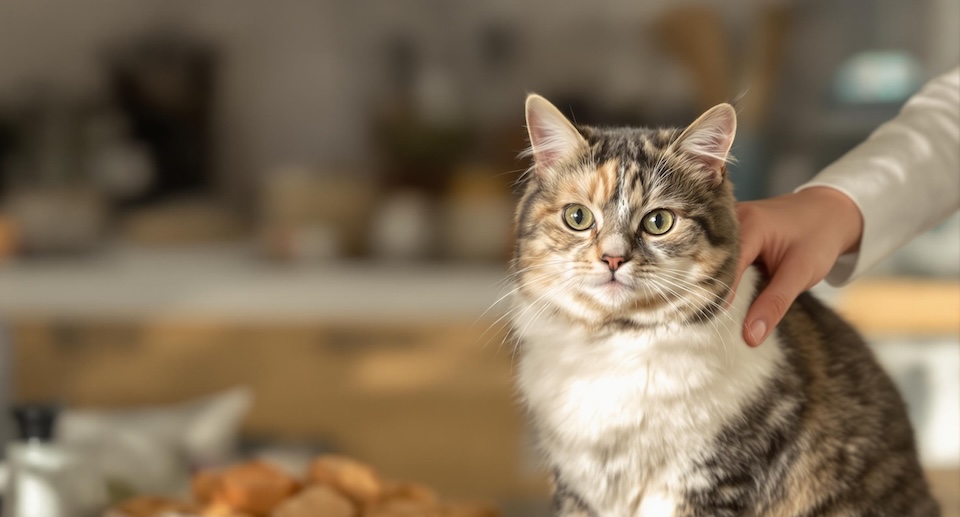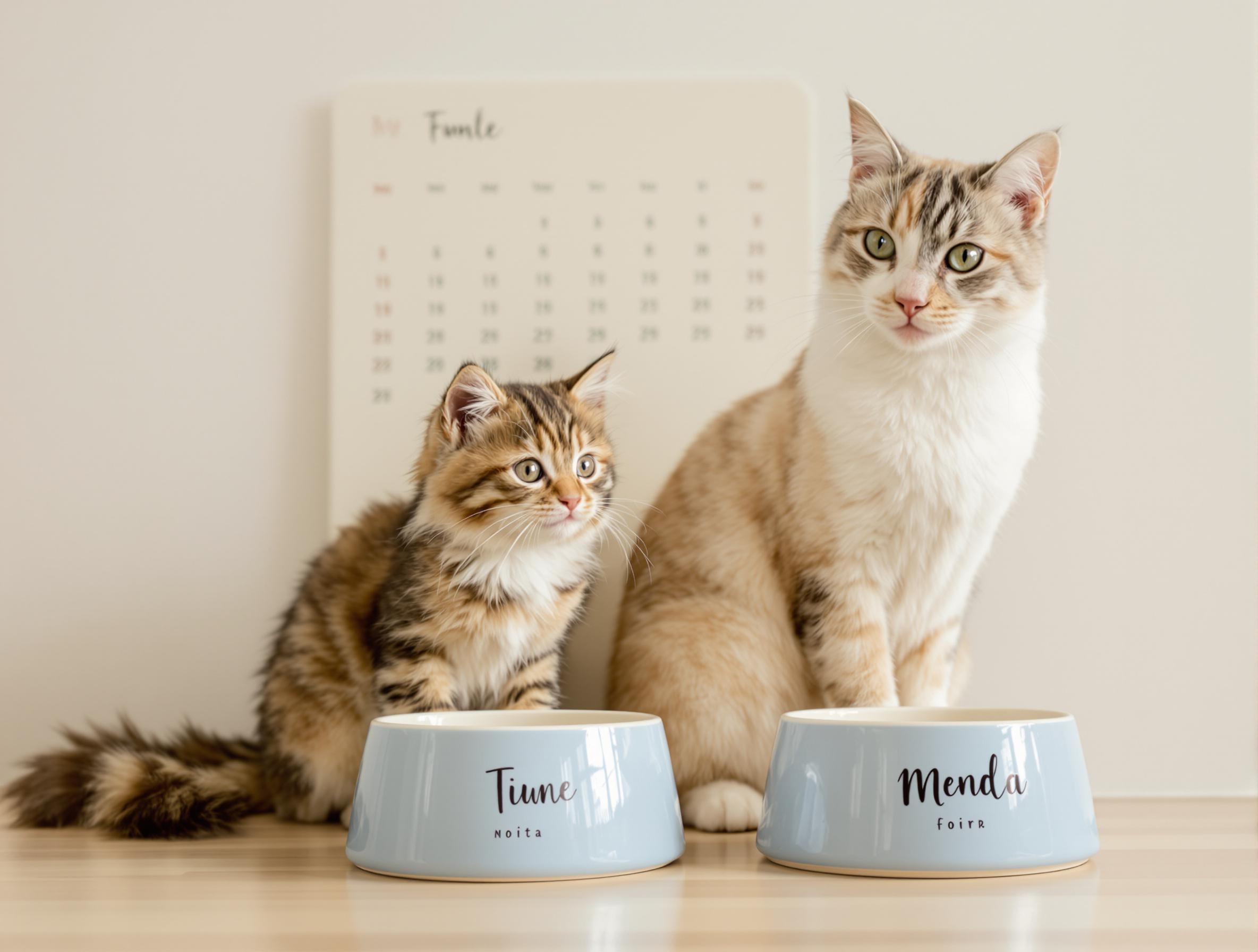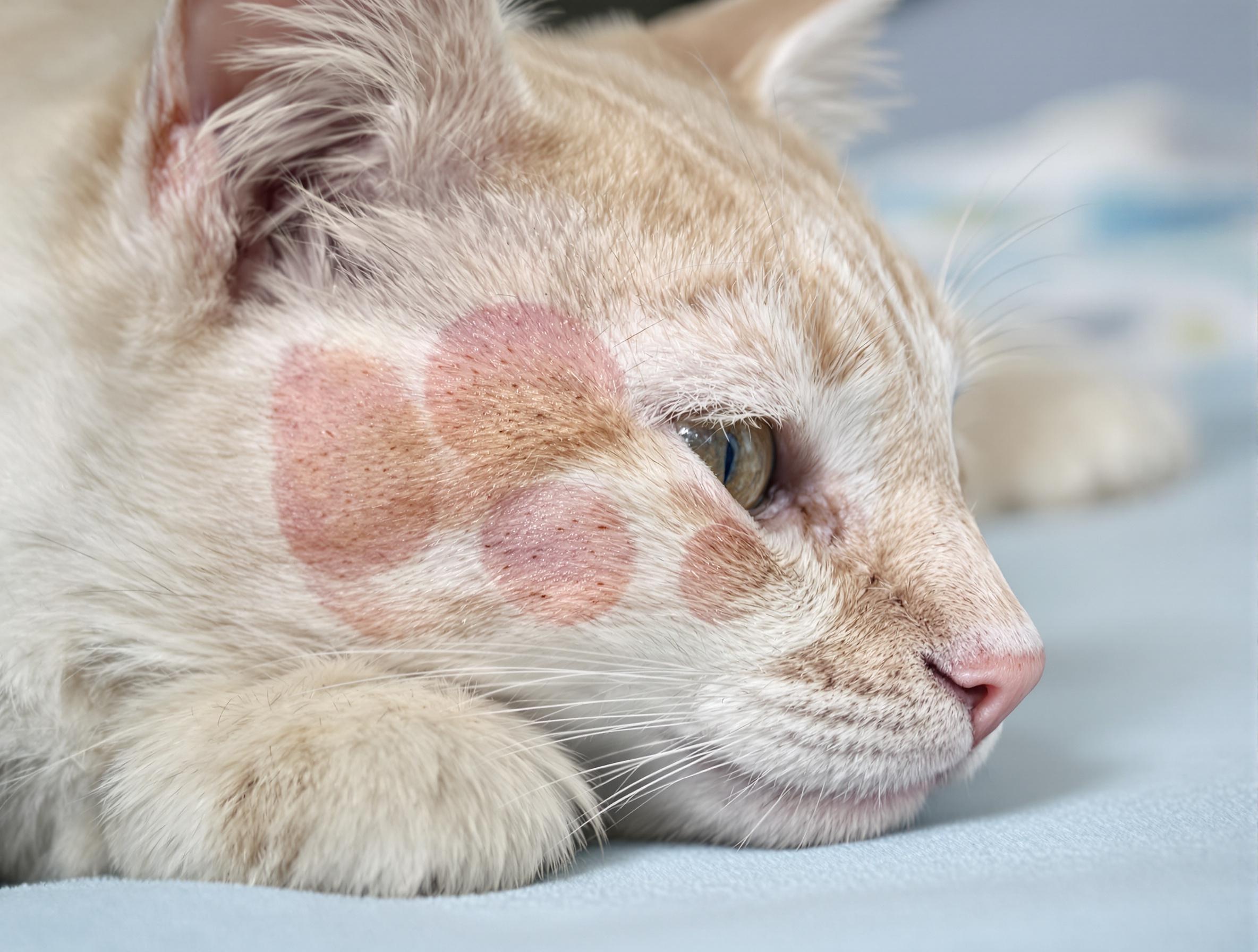Symptoms of Eye Problems & Diseases in Cats
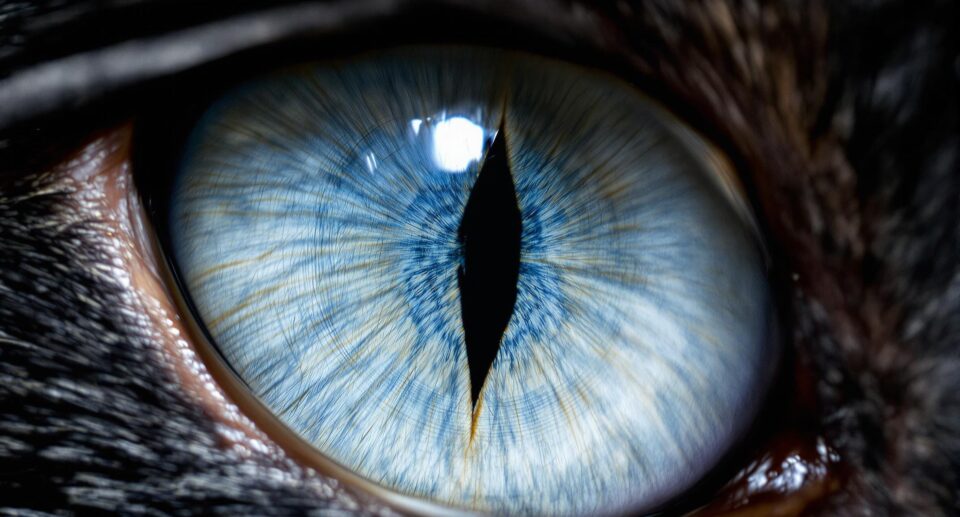
Common symptoms of an eye problem in your cat include watery eyes, discharge, excessive blinking, squinting, or pawing at the eye. If your cat has any of these symptoms, a thorough ophthalmologic exam should be done as soon as possible.
Eye discharge is a typical symptom of an eye problem in your cat. It can range from clear and watery to yellow or green, and can vary in consistency from thin to thick and sticky. Your cat’s eye may become very sensitive as indicated by tearing, tenderness to touch, and avoidance of light. Cats also have an extra eyelid at the inner corner of their eyes known as the third eyelid, or nictitating membrane. This membrane may protrude in response to pain or infection. The protrusion appears as a whitish or opaque film that moves over the surface of the eyeball. It can also occur in response to foreign bodies or irritants that lodge in the eye. If the eye becomes cloudy and loses its transparency, this usually indicates a corneal problem or an inner eye disorder. Changes in pupil size to constricted or dilated also may occur with deeper eye diseases. In some eye diseases, the eyelids may become inflamed, leading to swelling, crusting, itching, and hair loss on the eyelids.
Eye infection (conjunctivitis)
Conjunctivitis, also known as pink eye, is an inflammation or infection of the clear membrane that covers the outer layer of the eye and the inner surface of the eyelids. The eye often appears very red and swollen with discharge. There are many possible causes of conjunctivitis, including chemical irritants (cleaners, pesticides); allergens (dust, molds, grasses); trauma or injury to the eye; fungal, viral, or bacterial infections; and upper respiratory viruses. Treatment of conjunctivitis will vary depending on the underlying cause, but if infection is suspected, your veterinarian can prescribe antibiotics. If the conjunctivitis is not due to infection, then steroidal eye treatment may be used. Herbal therapies that include rosemary and burdock may also help.
Cataracts
This is a rare eye disorder seen in geriatric cats. It appears as a clouding or opacity of the eye lens. A cataract can block light transmission to the retina and cause vision impairment leading to blindness. If cataracts are detected in your cat, there is usually an underlying problem, which can be diagnosed by your veterinarian. There are many possible causes of cataracts in cats. Uveitis (inflammation in the eye) is the most common cause of cataract development in cats, and often indicates the presence of disease. Most cataract cases develop secondary to eye inflammation from trauma. Sometimes the cause is genetic. Cataracts cannot be prevented, but the underlying inner eye disease should be treated. There is no known medical treatment to reverse cataracts or shrinking cataracts. Inherited or spontaneous cataracts may be removable.
Glaucoma
This is defined as a sustained increase in intraocular (fluid) pressure within the eye. In a normal eye, there is constant production and drainage of a watery fluid called the aqueous humor. When there is a problem with drainage of this fluid, the pressure in the eye can increase. Primary glaucoma involves the function of the drainage area of the eye, and may be inherited, but is rare in cats. Most glaucoma cases are secondary, and develop as a side effect of an eye disorder, such as chronic inflammation, lens luxation (dislocation), tumors, or trauma. In most cases, the cause of glaucoma is not determined. Symptoms include eye enlargement, cloudy cornea, red eye, squinting, painful eye, tearing, and dilated pupil nonreactive to light. In severe cases, glaucoma may lead to blindness. There is no known prevention for glaucoma in cats, except having complete annual exams and aggressively treating any other eye diseases that may lead to glaucoma. Some products available for treating glaucoma in cats include topical Timolol and Pilocarpine Solution. Close monitoring for glaucoma in the other eye is needed.
Corneal ulceration
One of the more common eye diseases in cats is corneal ulceration, defined as a scratch or break in the cornea. This may occur secondary to trauma, infections, and less commonly as a result of an inner eye disease. Many viruses like feline herpes and upper respiratory symptoms may cause ulceration of the cornea. Symptoms of corneal ulceration include holding the eye closed, light sensitivity, redness, eye discharge, and sometimes clouding of the cornea in the area of the ulcer. Diagnosis is typically made after a veterinary exam, but sometimes placing a special fluorescein (orange) dye in the eye is needed to confirm the diagnosis. Treatment includes various topical antibiotics and other medication that may require application several times a day. In serious cases, or ones that do not respond to topical antibiotics, surgery involving eyelid flaps may be needed.

